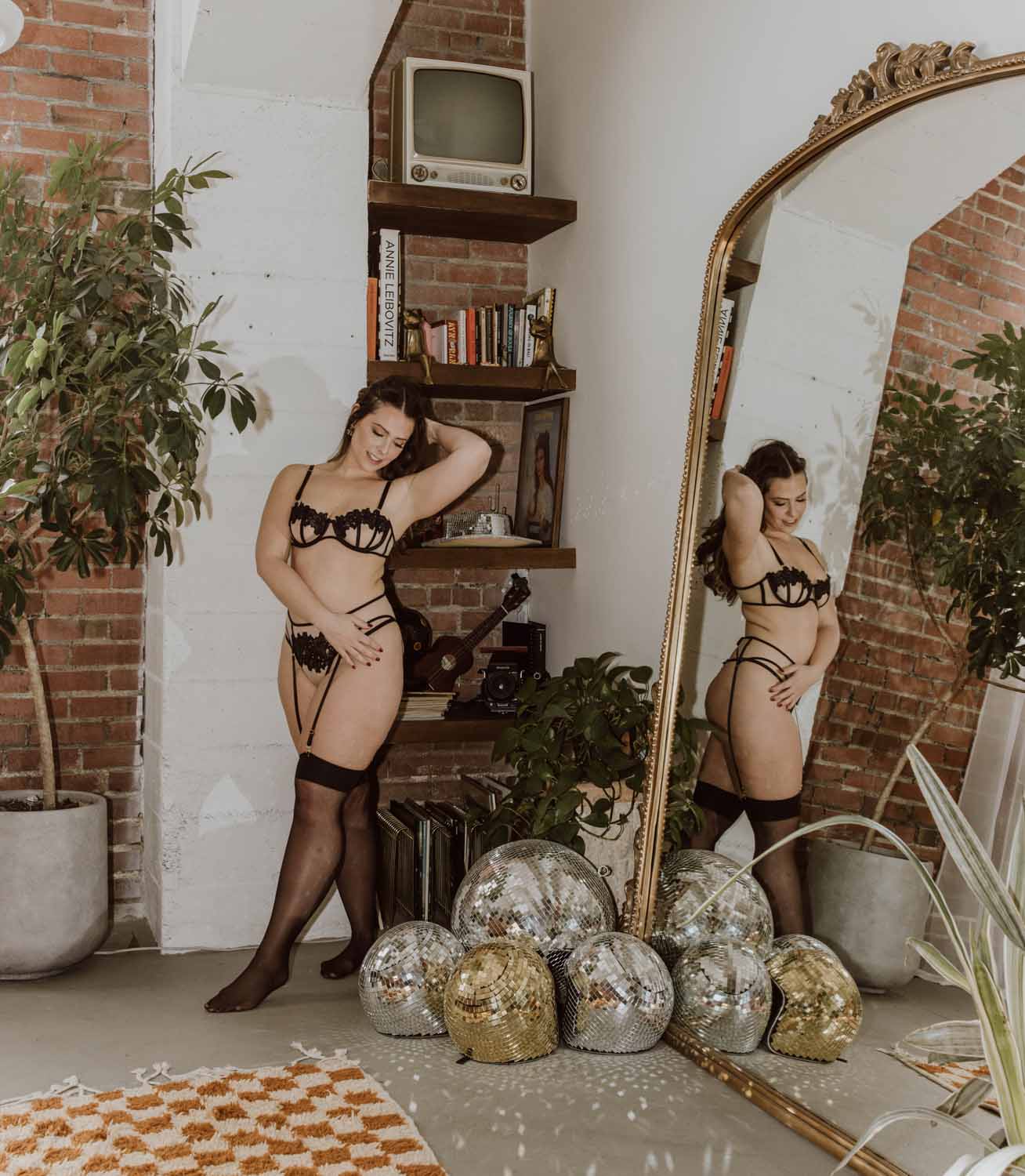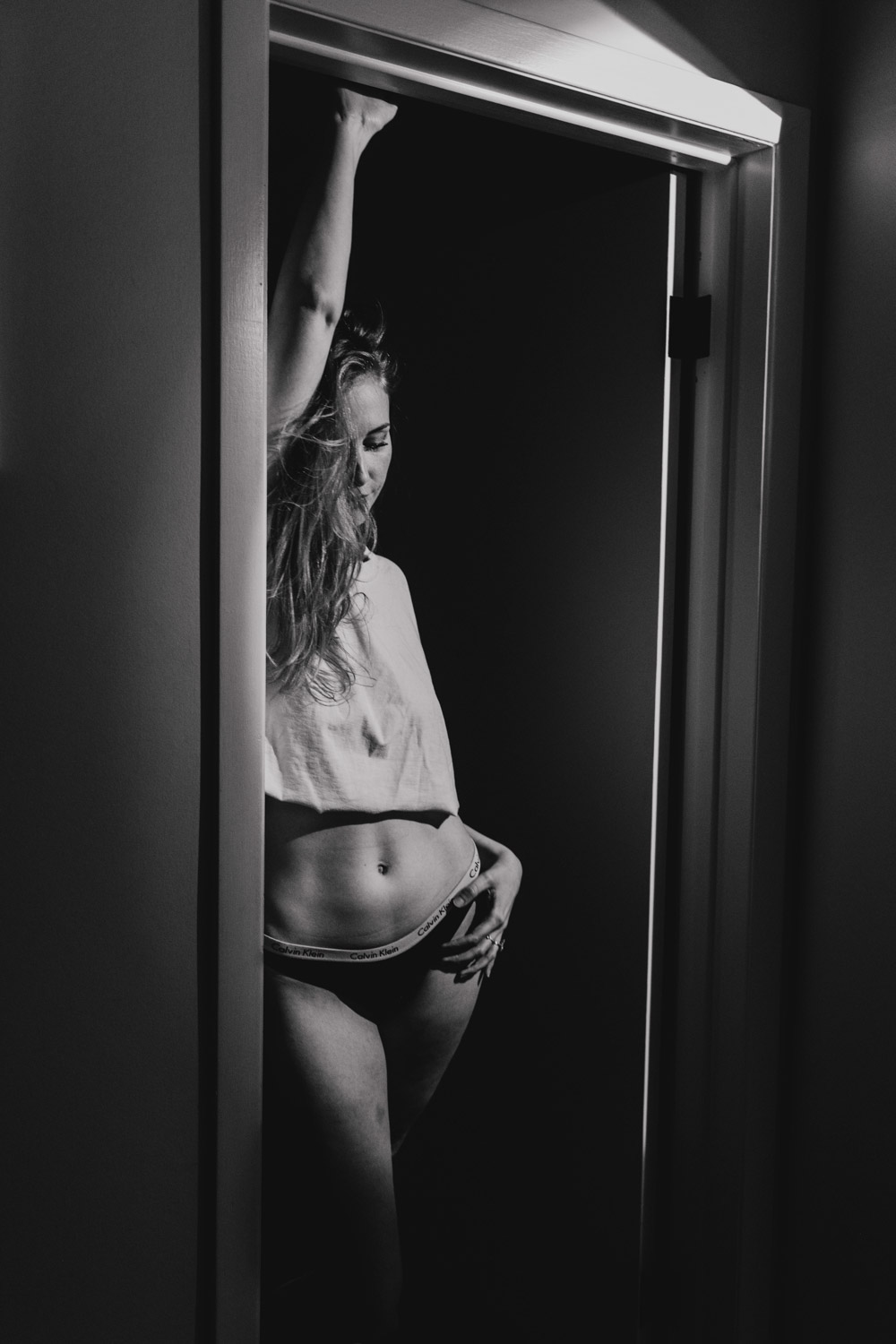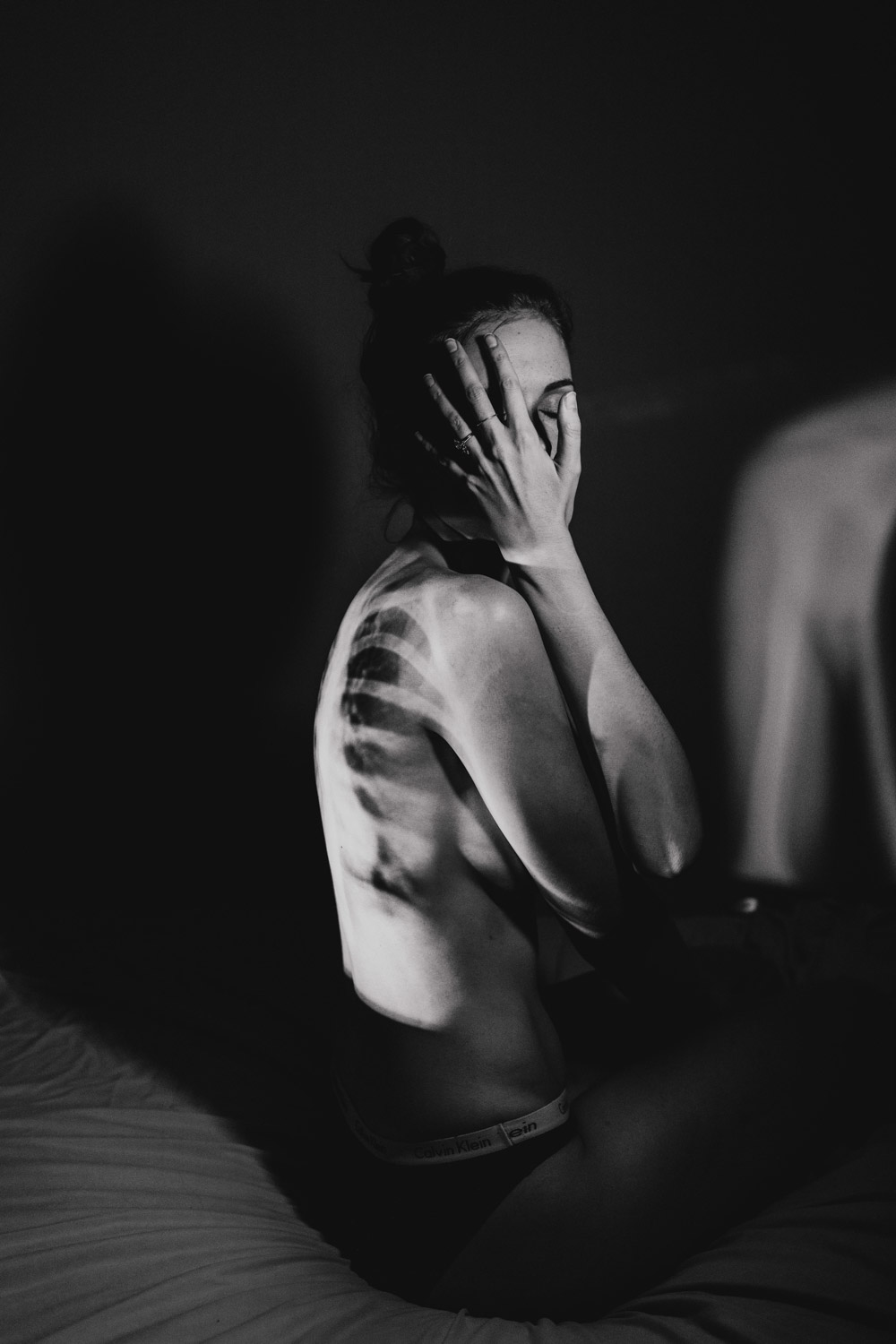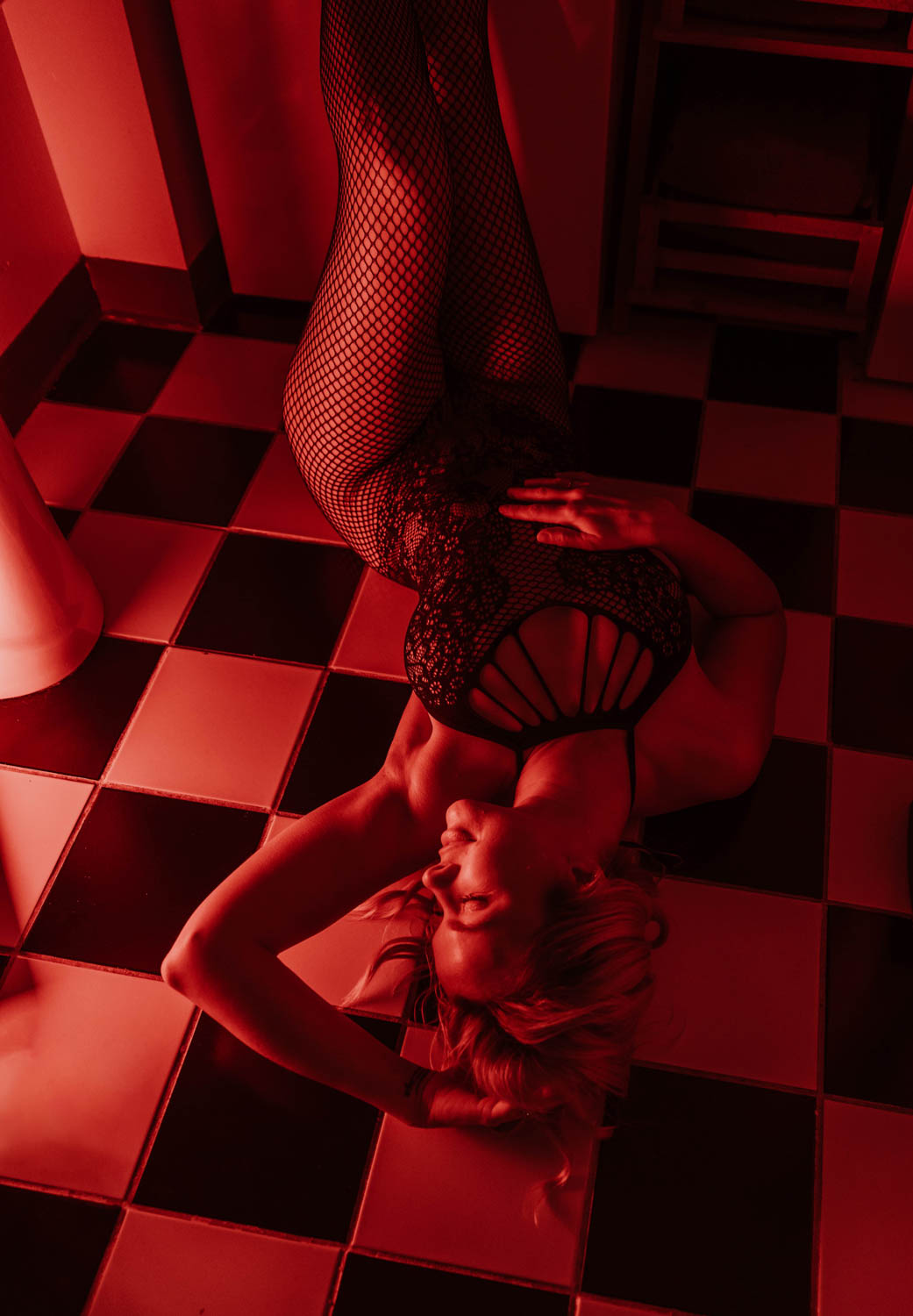
Learn how to confidently choose the best boudoir photographer by assessing their portfolio for style, technical skill, and client experience. Find out what to look for to ensure your vision comes to life beautifully.
Look, you don’t hire a boudoir photographer because you want “nice photos.” You hire one because, deep down, you’re ready to see yourself — really see yourself — with no apology, no pretending, and no weird angles pretending to “fix” what was never broken.
The right boudoir photographer doesn’t just click the shutter. They read you. They adjust light like they’re tuning a confession. They coax something out of you that no filter can fake. And that? That’s not found in the About page or client reviews. It’s buried in the work itself — in how they’ve captured others who stood exactly where you’re about to.
But here’s the part no one talks about: boudoir photography is having a moment — and with that comes portfolios that can all start to blur. Same back-arch. Same sultry stare. Same pre-set Lightroom filter.
So how do you spot the difference between someone who can make you look good and someone who can make you feel seen?
This guide walks you through that. We’ll show you how to decode a boudoir portfolio with clear eyes and gutsy questions — so your story doesn’t just get photographed. It gets respected.
You’ll learn what to look for (and side-eye), how to filter the fluff, and how to spot real alignment from polished pretense.
Let’s get you matched with a lens that actually deserves your skin.
Scrolling through portfolios without knowing what you're actually looking for is like going into a tattoo shop and saying, “Just something cute.” You’ll get inked. But it probably won’t feel like you. Same thing happens when you skip the part where you define what your boudoir photoshoot should really say.
And no — this isn’t about picking between satin robes and red lipstick. It’s about knowing why you're doing this in the first place, and who this session is supposed to serve: your Instagram, your partner, your future self, or maybe that small version of you that never got to feel loud in her own skin.
Start there. Not with the lighting. Not with the studio wall color. With why.
Are you craving something that feels fierce, fire-breathing, maybe even a little untouchable? Or do you want something vulnerable—soft like you're mid-thought, half-laughed, with your shirt slightly off-center?
Your intent controls every frame. The best boudoir photographers know how to read that. But only if you hand them a map.
What kind of mood grabs you when you see it done right? Heavy shadows and drama-soaked edits? Or sun-drenched softness that barely needs retouching?
Because yes, these visual tones are entire languages, and choosing the wrong one is like translating your favorite poem with a broken dictionary.
If you feel indecisive, that’s fine. But don’t fake clarity. Just build a damn mood board. Open Pinterest. Save screenshots. Tear pages out of whatever book or magazine you’re still loyal to. Don’t overthink the format. But please, don’t skip the reference point.
Because guess what? No matter how brilliant a boudoir photographer is, they cannot — will not — guess your mind.
Even the best boudoir photographers aren’t mind readers. They work off the breadcrumbs you leave them. Feed them scraps, you’ll get generic shots. Feed them vision, you’ll get magic — or at least something that doesn’t feel like it belongs to someone else’s Pinterest board.
And no, you don’t need to justify your reasons. “Because I want to remember this version of me” is enough. “Because I want to see myself how I actually look when no one’s looking” is enough.
Hell, “Because I’ve had it with holding my stomach in for people who don’t matter” is more than enough.
You know those portfolios that look like they belong in an ad for scented candles? All blur, vague skin, and beige everything?
They’re lying. Or at least, they’re withholding.
Because boudoir photography isn’t about producing pretty images. It’s about producing resonance — and most portfolios are built to show off the photographer, not the subject. So how do you spot the difference? You look deeper.



Some people like their boudoir photos raw and moody — dramatic, cinematic, full of dark corners. Others want a light touch. Pastels. Hints of flirtation.
But the trap is… many portfolios try to do all of it. One minute, a smoky shot in lingerie and pearls. Next minute, a bright setup in florals and lace.
That’s not versatility. That’s identity confusion.
The best boudoir photographers have a recognizable style. Not a copy-paste from TikTok. A style that pulses through every frame like a rhythm. You’ll know it when you feel it — even if you can’t describe it yet.
Check the color grading. Is it warm or cool? Punchy or muted? Are the tones consistent?
If their work can’t decide between moody and marshmallow, that’s a red flag. Pick a photographer whose work doesn’t shape-shift to trend-chase.
And look — consistency helps you set expectations. It makes your boudoir photoshoot less of a gamble and more of a collaboration.
Lighting first. If they’re blowing out highlights to the point where your nose disappears, run. If they’ve got shadows doing weird things to bodies, double-run. The best boudoir photographers use light like intention — to sculpt, not to hide.
Then look at the posing. If every person is doing the exact same back arch or hand-in-hair trick, that’s not direction. That’s lazy templating. A good boudoir photographer reads the body, adapts to it, and makes each subject look powerful without copy-pasting Pinterest poses.
Sharpness matters too. Out-of-focus eyes = out-of-focus intention. A blurred edge can be artistic. But a blurred subject is just bad form.
Composition doesn’t need to be perfect. But if you're squinting at odd crops, or if every image feels more about props than the person, you’re looking at someone more obsessed with their feed than your outcome.
If you have to scroll forever to find someone who even remotely looks like you — that's not a “niche.” That’s a blind spot.
Professional boudoir photos should feel accessible. Different body types, different ages, different skin tones, different energies. If the entire portfolio looks like one very specific woman over and over again, you have your answer.
And no, we’re not asking them to hit every diversity checkbox. But if their gallery erases entire demographics, what makes you think they’ll see you clearly?
Here’s where most portfolios fall flat. The expressions feel posed. The eyes feel checked out. That smile? You can tell it came right after “Hold that for a sec.”
When you see real emotional capture, you’ll feel it. It’s in the stare. The smirk. The almost-laugh that wasn’t staged. Boudoir photography done right captures a moment, not just a pose.
Professional boudoir photos don’t just make you look hot. They make you feel witnessed.
Look for the in-between frames. The ones where the client is mid-move, slightly undone, fully there. That’s where the truth lives.
So what else matters after the portfolio scroll? Because pages of pretty don’t mean jack if the experience behind them is a dumpster fire.

You’ll occasionally see a comment on a site: “Loved it.” Great. But want substance? Look for reviews that probe comfort, communication, and delivery. If past clients gush about feeling seen, guided, and safe—versus “She was nice!”—that’s a prostitute vs. a pro invisibility test passed.
Search in dark corners too: Google My Business, Pinterest, IG saves. Silent accounts with empty comments are worse than complaints—it’s ghosts.
Imagine this: you send an email asking about a boudoir photoshoot. Three days later—crickets. That’s your first hint: maybe your shoot day will feel exactly the same—ignored, uncertain, awkward. Top-tier boudoir photographers treat inquiries like their first interview: prompt, thoughtful, boundary-aware yet enthusiastic. If they can’t show respect before you pay—they won’t after.
What is boudoir photography cost? If the website flirts with “Packages starting at…” but hides the real fees behind an elevator pitch and nickel-dime upsells, run. The average investment for professional boudoir photos (session + prints + album) lands between $1,500 and $5,000. Clear packaging = trust. Vagueness = bait-and-switch.
Does the photographer show their studio? Does it feel clean, private, thoughtfully lit? If not—you’re left guessing whether the door locks, if heating is reliable, or if someone’s watching from behind the blinds. They should share safety protocols for movement, privacy, hygiene. Even a URL can feel safer when transparency meets professionalism.
Turns out quality isn’t only in-camera. Turnaround time matters. Editing style matters. Ask: Do they retouch for realism or Instagram filters? Can they show examples of unedited vs. edited work? “Natural retouching” that hides every freckle or frets into flatness? That screams insecurity, not artistry.
Your vision isn’t a lottery ticket. If any of these appear, close the tab and scroll:
So—after digging portfolio, process, pricing, personality, and post—we’re not just picking a boudoir photographer. We’re intentionally choosing one who gets you, knows your vision, and will translate it into professional boudoir photos you’ll treasure.
Contrast that with authentic wedding memories, often lifted from one big day and stored in dusty albums: your boudoir shoot is your choosing-announcement to the world––quiet, intimate, brave. It’s yours. And clarity + vetting gives you the power to stop wondering and start owning.
Ready to see portfolios of trusted boudoir photographers near you? Click here to discover Rachel Veltri's artistic vision. Because once you start, you’ll know—this isn’t random. This is yours.
READ MORE…
Boudoir Photography Session Guide